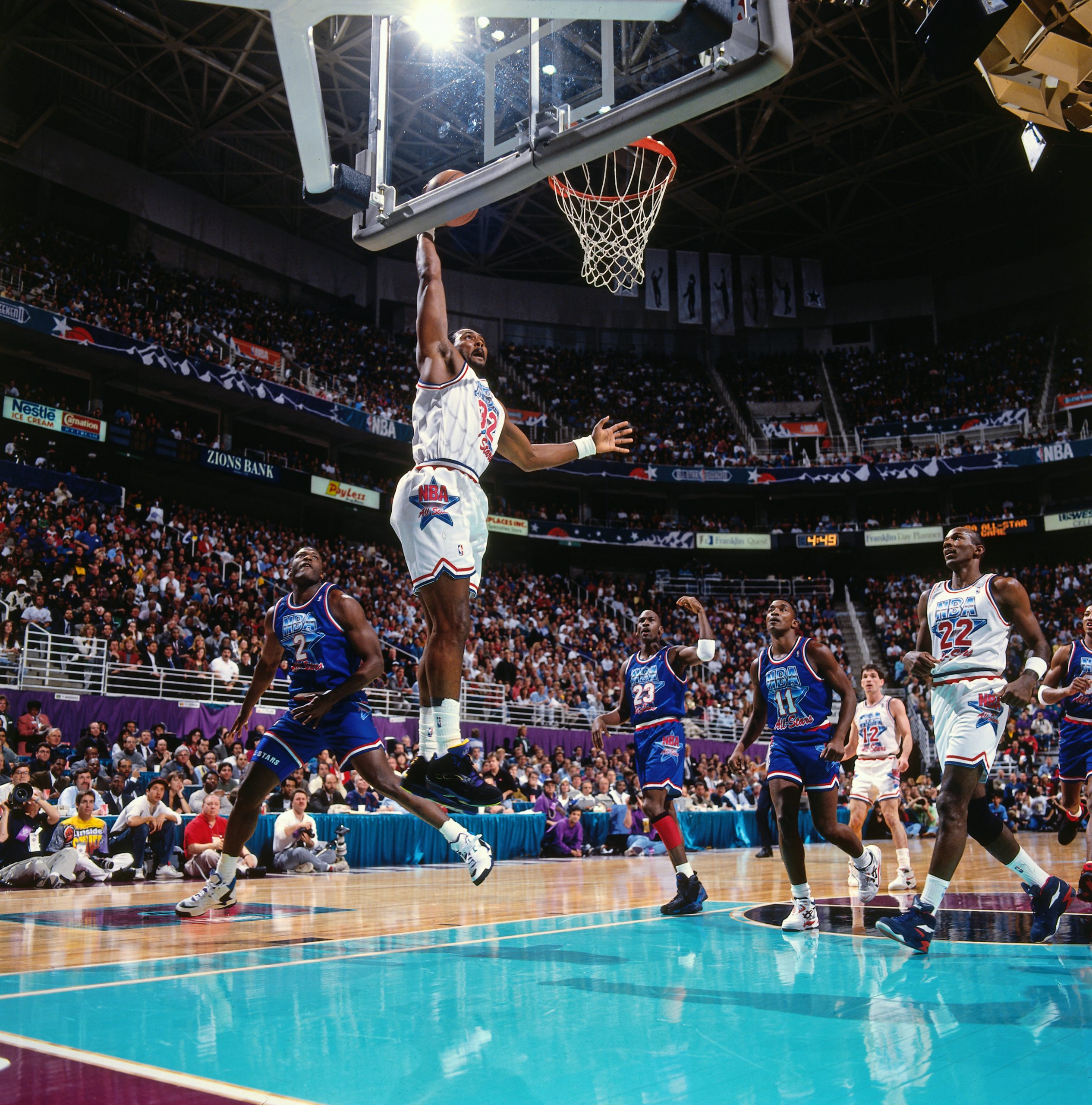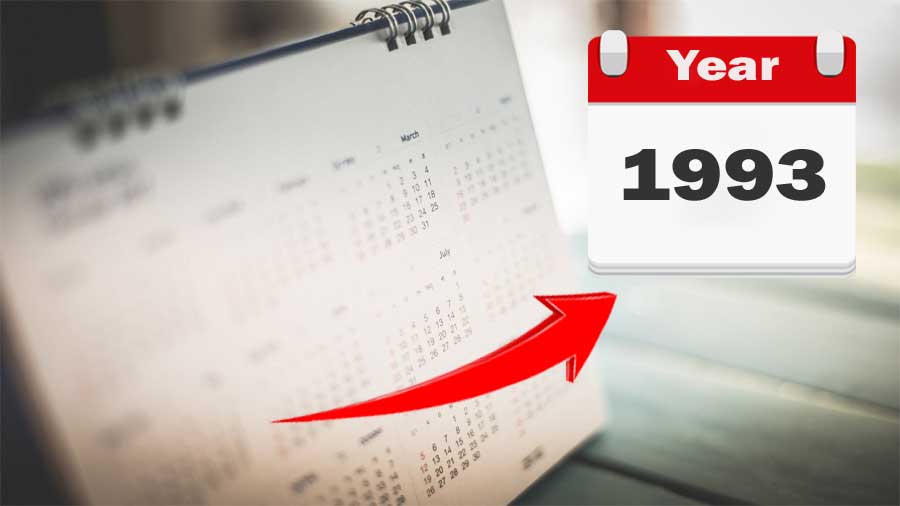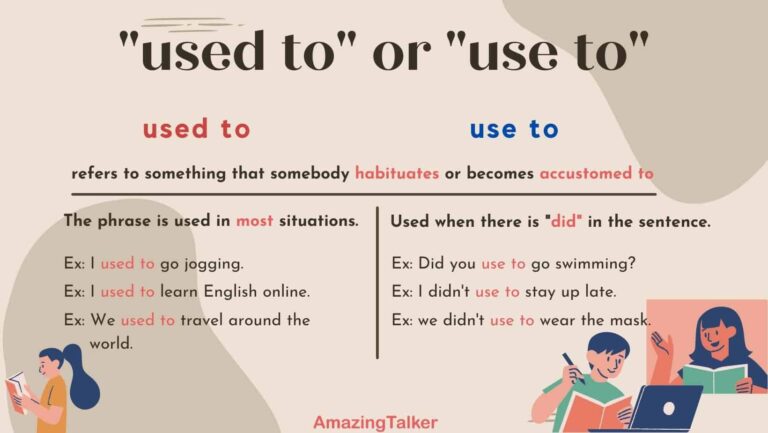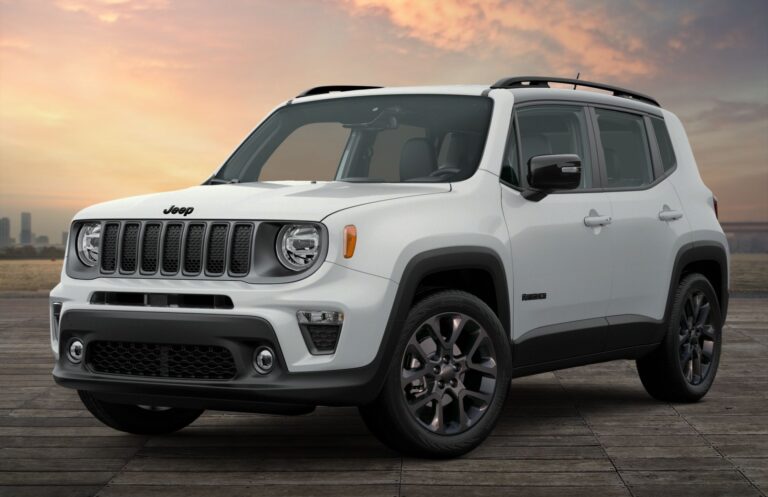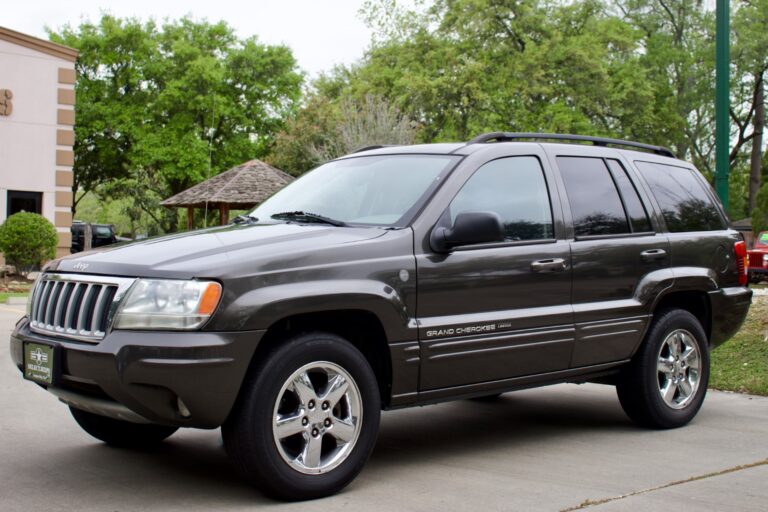1993 Jeep Grand Cherokee Lift Kit: Elevate Your ZJ’s Potential
1993 Jeep Grand Cherokee Lift Kit: Elevate Your ZJ’s Potential jeeps.truckstrend.com
The 1993 Jeep Grand Cherokee, affectionately known by its ZJ chassis code, marked a significant evolution in the SUV landscape. Combining rugged off-road capability with a surprising degree of on-road comfort, the ZJ quickly became a favorite among enthusiasts. While capable in stock form, many ZJ owners seek to unlock their vehicle’s true potential, particularly for more challenging off-road adventures or simply for a more aggressive stance. This is where a 1993 Jeep Grand Cherokee Lift Kit comes into play.
A lift kit, for the uninitiated, is a comprehensive package of suspension components designed to increase a vehicle’s ground clearance. For the 1993 ZJ, installing a lift kit transforms its appearance, allows for the fitment of larger tires, and significantly improves its off-road articulation and capability. It’s an investment that pays dividends in performance and aesthetic appeal, turning a classic SUV into an even more formidable trail machine or a head-turning daily driver.
1993 Jeep Grand Cherokee Lift Kit: Elevate Your ZJ’s Potential
Why Lift Your 1993 ZJ Grand Cherokee?
Lifting your 1993 ZJ Grand Cherokee offers a multitude of benefits that extend beyond mere aesthetics:
- Increased Ground Clearance: This is perhaps the most significant advantage. Lifting raises the vehicle’s undercarriage further from the ground, reducing the risk of scraping critical components like differentials, transfer cases, and control arms over obstacles.
- Accommodate Larger Tires: Taller and wider tires provide better traction, improved floatation over soft terrain, and further enhance ground clearance. A lift kit is often a prerequisite for fitting these larger tires without rubbing issues.
- Improved Approach, Departure, and Breakover Angles: These angles define a vehicle’s ability to navigate steep inclines, descents, and obstacles without making contact. A lift kit inherently improves all three, making your ZJ more capable on challenging trails.
- Enhanced Articulation: Many lift kits include components like longer shocks and control arms that allow the suspension to move more freely, keeping all four wheels on the ground over uneven terrain, thus maintaining traction.
- Aggressive Aesthetics: There’s no denying that a lifted ZJ looks more imposing and capable. It transforms the vehicle’s stance, giving it a rugged, purpose-built appearance that many enthusiasts desire.

Understanding Lift Kit Types for the ZJ
Not all lift kits are created equal. For the 1993 ZJ, several types cater to different needs, budgets, and desired lift heights:
- Budget Boosts (Spacer Lifts): These are the most economical option, typically providing 1 to 2 inches of lift. They consist of polyurethane or metal spacers that sit above the factory coil springs.

- Pros: Inexpensive, relatively easy to install, maintains factory ride quality (as factory springs are retained).
- Cons: Limited lift height, does not improve articulation, may not address other factory component limitations (like shock length). Best for fitting slightly larger tires or achieving a mild aesthetic lift.
- Coil Lifts (Short Arm Kits): These kits replace the factory coil springs with longer, often stiffer, aftermarket springs and typically include new, longer shock absorbers. They commonly offer 2 to 4.5 inches of lift.
- Pros: Significant increase in ground clearance, allows for larger tires, improves articulation, often includes necessary supporting components like longer sway bar links and sometimes adjustable track bars.
- Cons: More expensive and complex to install than spacer lifts, ride quality can vary depending on spring rate, may introduce driveline vibrations at higher lift heights if not properly addressed.
- Long Arm Kits: Designed for serious off-road enthusiasts seeking 4.5 inches or more of lift, long arm kits replace the factory short control arms with much longer ones that mount closer to the center of the vehicle.
- Pros: Drastically improved articulation, better ride quality (especially on-road) due to reduced control arm angles, superior off-road performance.
- Cons: Most expensive, highly complex installation (often requiring welding and fabrication), may require significant additional modifications (e.g., slip yoke eliminator, custom driveshafts, re-gearing).
Key Components of a ZJ Lift Kit
A comprehensive lift kit for your 1993 ZJ will typically include several specialized components, each playing a crucial role in achieving the desired lift and maintaining proper vehicle dynamics:
- Coil Springs: Longer and often stiffer than factory springs, these are the primary source of lift.
- Shock Absorbers: Matched to the new spring length, longer shocks are essential for proper suspension travel and damping.
- Control Arms (Upper & Lower): These link the axle to the chassis. For lifted applications, longer or adjustable control arms are needed to correct caster angle and prevent axle shift. Short arm kits retain factory mounting points, while long arm kits use new, longer arms and mounting points.
- Track Bars (Front & Rear): These bars prevent lateral axle movement. Lifting the ZJ will shift the axles sideways; adjustable track bars are crucial to re-center them and prevent steering issues.
- Sway Bar Disconnects/Extensions: Longer links or quick disconnects allow the sway bars to function correctly at the new height or be disconnected for maximum articulation off-road.
- Brake Line Extensions: Longer brake lines are necessary to prevent stretching or damage as the suspension droops.
- Transfer Case Drop Kit (or Slip Yoke Eliminator – SYE): For lifts over 2-3 inches, the steeper driveshaft angle can cause vibrations. A T-case drop lowers the transfer case slightly to reduce the angle, while an SYE and CV driveshaft are a more robust solution for higher lifts.
- Bump Stops: Extended bump stops prevent the suspension from over-compressing and damaging shocks or other components.
Choosing the Right Lift Height for Your ZJ
Selecting the ideal lift height depends on your primary use case and budget:
- 1-2 Inch Lift (Budget Boost): Ideal for ZJ owners who want to fit slightly larger tires (e.g., 30-31 inches), gain a little extra clearance for light trails, or simply improve the vehicle’s stance without extensive modifications or a significant budget.
- 3-4 Inch Lift (Coil Lift): This is the most popular range for a balanced approach. It allows for 31-32 inch tires (with minor trimming sometimes) and significantly enhances off-road capability for moderate trails. It often requires adjustable track bars and might benefit from a transfer case drop or SYE.
- 4.5+ Inch Lift (Long Arm or High Coil Lift): Reserved for serious off-road enthusiasts planning to run 33-inch or larger tires. These lifts provide maximum articulation and clearance but demand substantial additional modifications, including long arm kits, SYE, new driveshafts, re-gearing, and potentially steering upgrades.
Important Considerations Before Lifting
Lifting your 1993 ZJ Grand Cherokee isn’t just about bolting on new springs and shocks. It’s a system that affects many other components. Consider these factors carefully:
- Tire Size Compatibility: Research tire sizes that fit your chosen lift height. Larger tires might require fender trimming.
- Driveline Angles: As you lift, the angles of your driveshafts become steeper. This can cause vibrations, especially in the front driveshaft. For lifts over 3 inches, a transfer case drop or, preferably, a Slip Yoke Eliminator (SYE) kit with a CV driveshaft is often necessary to correct these angles.
- Steering Components: A lifted ZJ puts more stress on steering components. Inspect your tie rod, drag link, and steering box. Upgraded steering components (e.g., heavy-duty tie rods, steering box brace) are highly recommended, especially for larger tires and aggressive off-roading.
- Braking System: Larger tires increase rotational mass, demanding more from your brakes. Consider upgrading to larger rotors and calipers if you plan on significantly increasing tire size. Longer brake lines are a must with any substantial lift.
- Gearing: Larger tires effectively change your vehicle’s final drive ratio, making it feel sluggish and impacting fuel economy. Re-gearing your differentials (changing the ring and pinion gears) is highly recommended for tires 33 inches and larger to restore performance.
- Exhaust Clearance: The front driveshaft may contact the exhaust pipe at full droop, especially with a transfer case drop. Exhaust modifications might be necessary.
- Alignment: After any suspension work, a professional alignment is absolutely critical to ensure proper handling, tire wear, and safety.
- Budget: Be realistic about the total cost. Beyond the lift kit itself, factor in costs for tires, professional installation (if not DIY), alignment, and potential auxiliary upgrades (driveshafts, steering, re-gearing).
Installation: A General Overview
While a detailed step-by-step guide is beyond the scope of this article, understanding the general process of installing a 1993 ZJ Grand Cherokee lift kit is helpful:
- Safety First: Always work on a level surface, use robust jack stands, and ensure the vehicle is stable. Disconnect the battery.
- Disassembly: Begin by removing wheels, sway bar links, shocks, and then carefully disconnecting control arms and track bars to allow the axles to drop.
- Component Replacement: Install the new coil springs, shocks, and any other kit-specific components like longer control arms, adjustable track bars, and extended bump stops.
- Driveline Adjustments: If included or necessary, install the transfer case drop or SYE.
- Reassembly: Reconnect all components, ensuring all bolts are torqued to manufacturer specifications.
- Post-Installation: Lower the vehicle, re-torque all bolts, and take it for a short, cautious test drive to check for any issues.
- Professional Alignment: This step is non-negotiable. An alignment shop will adjust caster, camber, and toe to ensure proper handling and prevent premature tire wear.
Tips for Maximizing Your Lifted ZJ’s Performance
- Proper Tire Selection: Choose tires appropriate for your primary use (all-terrain for mixed use, mud-terrain for serious off-roading).
- Regular Maintenance: Inspect your lifted suspension regularly for loose bolts, worn bushings, and damaged components. Lifted vehicles experience more stress.
- Upgrade Other Components: Consider lockers for improved traction, heavier-duty differentials, and underbody armor for protection if you plan on aggressive off-roading.
- Learn Your Limitations: Even with a lift, understand your ZJ’s capabilities and your own driving skills. Start with easier trails and gradually work up to more challenging ones.
1993 Jeep Grand Cherokee Lift Kit Price Table (Estimates)
Please note that prices are highly variable based on brand, quality, specific components included, and market fluctuations. These are estimates for new kits in 2023-2024. Installation costs are separate and can range from $400-$1500+ depending on complexity.
| Lift Kit Type/Component | Typical Lift Height | Estimated Price Range (USD) | Key Components Included (Common) | Notes |
|---|---|---|---|---|
| Budget Boost (Spacer Lift) | 1-2 inches | $100 – $300 | Coil spacers, sometimes longer sway bar links | Most affordable, maintains stock ride. |
| Mild Coil Lift (Short Arm) | 2-3 inches | $400 – $800 | New coil springs, longer shocks, sometimes sway bar links | Good entry-level off-road performance. |
| Moderate Coil Lift (Short Arm) | 3-4 inches | $700 – $1,500 | New coil springs, longer shocks, adjustable track bars, extended bump stops, sway bar links | Popular choice for balanced performance, may need T-case drop. |
| Aggressive Coil Lift (Short Arm) | 4.5 inches | $1,200 – $2,500 | New coil springs, longer shocks, adjustable track bars, extended bump stops, sway bar links, likely brake line extensions | Requires SYE/CV driveshaft, steering upgrades, re-gearing often recommended. |
| Long Arm Kit | 4.5-6.5+ inches | $2,000 – $4,500+ | Long control arms, new mounts (welding req.), coils, shocks, adjustable track bars, extended bump stops, brake lines | Premium off-road performance, complex installation, requires significant additional upgrades. |
| Individual Components (Add-ons/Upgrades) | ||||
| Adjustable Front Track Bar | N/A | $150 – $350 | Essential for lifts 2"+ | |
| Adjustable Rear Track Bar | N/A | $150 – $300 | Highly recommended for lifts 2"+ | |
| Transfer Case Drop Kit | N/A | $50 – $150 | Spacers, longer bolts | Reduces driveline angle, but lowers T-case. |
| Slip Yoke Eliminator (SYE) Kit | N/A | $250 – $500 | SYE output shaft, custom driveshaft needed | Best solution for driveline angles, especially 3"+ lifts. |
| CV Driveshaft (Front/Rear) | N/A | $300 – $600 (each) | Required with SYE, better angles. | |
| Extended Brake Lines | N/A | $80 – $200 (set) | Critical for safety with any significant lift. | |
| Heavy Duty Steering Upgrade | N/A | $300 – $800 | Tie rod, drag link, steering box brace | Recommended for larger tires/off-roading. |
| Coil Spring (Pair) | N/A | $100 – $300 | For replacing worn or upgrading. | |
| Shock Absorber (Each) | N/A | $50 – $150 | Lift-specific length. |
Note: Always verify current prices and component lists with reputable manufacturers and retailers.
Frequently Asked Questions (FAQ) about 1993 Jeep Grand Cherokee Lift Kits
Q1: Will a lift kit void my ZJ’s warranty?
A1: For a 1993 ZJ, the factory warranty has long since expired. However, if you have an aftermarket extended warranty, a lift kit could potentially void coverage on related driveline or suspension components. Always check with your warranty provider.
Q2: How difficult is it to install a lift kit on a 1993 ZJ?
A2: Difficulty varies significantly with the type of kit. Budget boosts are relatively straightforward for a mechanically inclined DIYer. Coil lifts are more involved but manageable with proper tools and patience. Long arm kits are highly complex, often requiring specialized tools, welding, and are best left to experienced professionals.
Q3: Do I need to re-gear my differentials after lifting?
A3: It depends on the tire size. For mild lifts (1-3 inches) and tires up to 31-32 inches, re-gearing isn’t strictly necessary but will improve performance. For tires 33 inches or larger, re-gearing is highly recommended to restore power, reduce transmission strain, and maintain drivability, especially if you have the 4.0L engine.
Q4: Will a lift kit make my ZJ ride rougher?
A4: Not necessarily. While some budget kits that retain stock shocks or very stiff aftermarket springs can lead to a harsher ride, quality lift kits often include new shocks tuned for the new spring rates. Long arm kits, in particular, can significantly improve ride quality due to better geometry.
Q5: What is "driveline vibration" and how do I fix it?
A5: Driveline vibration is a common issue after lifting, caused by the increased angle of the driveshafts. It typically manifests as a noticeable hum or vibration felt in the floorboard, especially at certain speeds. The most common fixes are a transfer case drop (for mild lifts) or, for higher lifts, installing a Slip Yoke Eliminator (SYE) kit with a CV driveshaft.
Q6: Can I install a lift kit and not get an alignment?
A6: No, absolutely not. A professional alignment is crucial after installing any lift kit. Lifting changes suspension geometry, affecting caster, camber, and toe. Without proper alignment, you will experience poor handling, premature tire wear, and potentially unsafe driving conditions.
Conclusion
The 1993 Jeep Grand Cherokee remains a beloved and highly capable platform, and a well-chosen lift kit can unlock an even greater level of performance and presence. Whether you’re aiming for a subtle stance improvement, moderate trail capability, or building an extreme off-road machine, there’s a ZJ lift kit tailored to your ambition. By understanding the different types of kits, their components, and the crucial considerations involved, you can make an informed decision that transforms your classic ZJ into the formidable adventure vehicle it was always meant to be. Remember, thorough research, realistic budgeting, and a commitment to proper installation and maintenance are key to a successful and enjoyable lifted ZJ experience.
